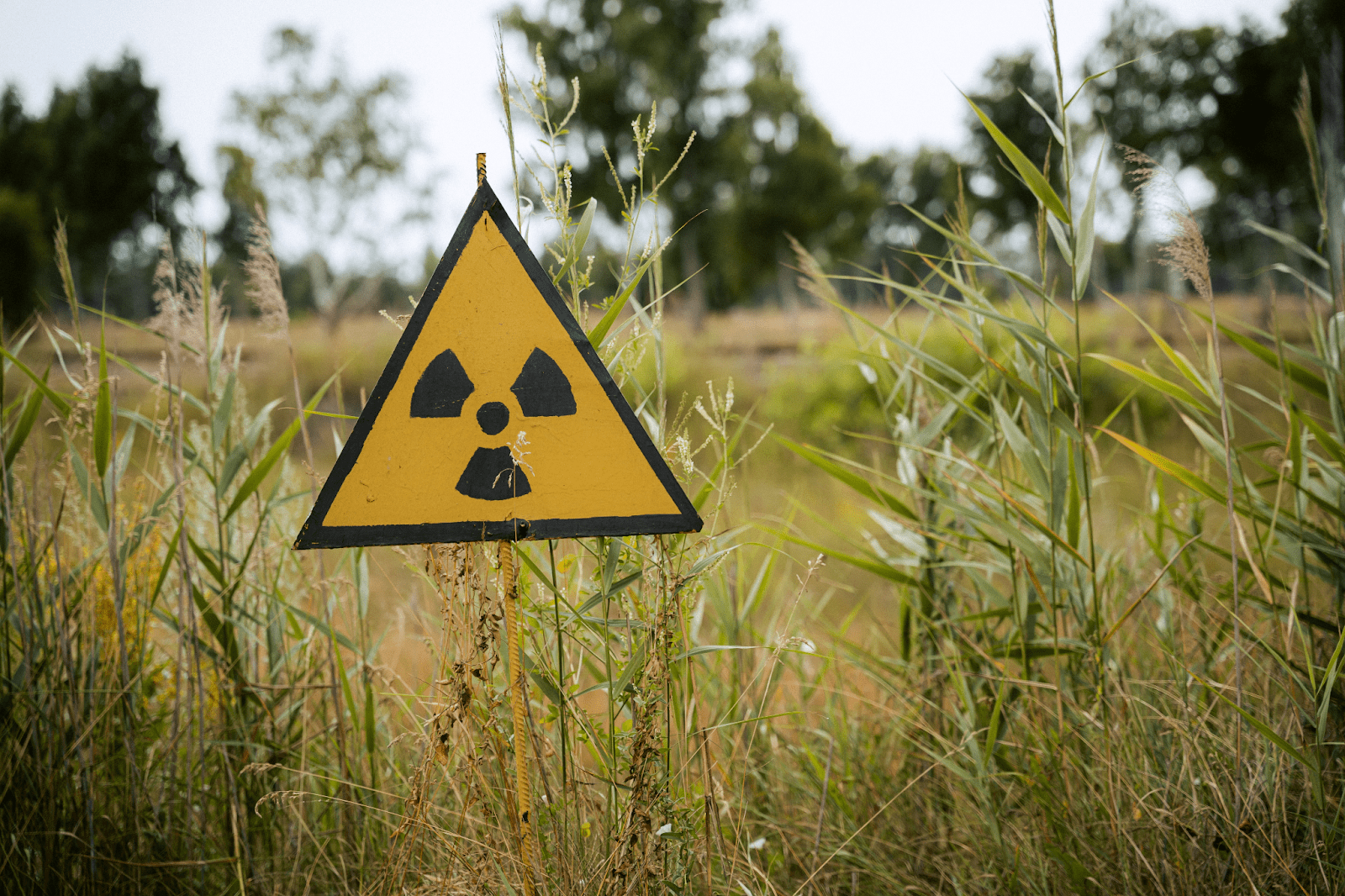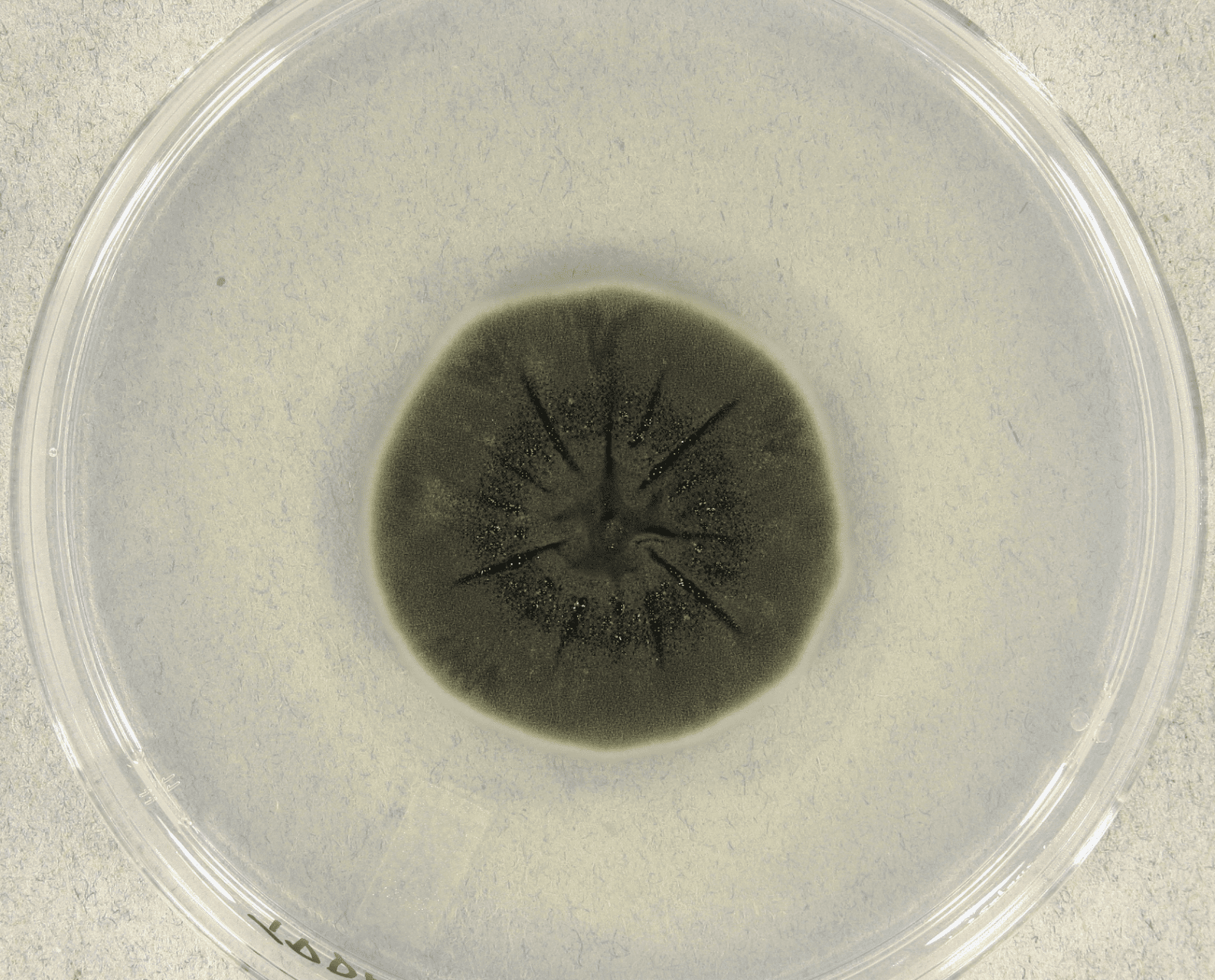Chernobyl is the site of one of history’s greatest nuclear disasters. When an explosion caused by a meltdown at one of the power plant’s reactors devastated the power plant and the outlying city, it was deemed inhospitable due to the sheer amount of nuclear radiation permeating the area. However, it is also the home to some fungi that scientists say could have fascinating implications across various fields.
Researchers found three resilient strains of fungi living in the abandoned reactor’s core, surviving the intense radiation and thriving off it. In a 2007 edition of “Nature,” they were described as able to “decompose radioactive material such as the hot graphite in the remains of the Chernobyl reactor.”
While one of the fungi, Cryptococcus neoformans, has been known to the scientific community since the 1890s, researchers still don’t completely understand the biological and chemical mechanisms at play within them. However, they have concluded that their immense resilience to the radiation is due to the high levels of melanin, the same pigment that gives color to our hair, skin, and eyes, stored in their cell walls.

Scientists have also observed these radiotrophic fungi to be self-replicating because they feed off high radiation levels. This ability is very similar to how plants perform photosynthesis. The melanin, which acts in the place of chlorophyll, absorbs the X-rays and Gamma rays emitted from the radioactive material and converts them into energy, a process researchers have named radiosynthesis.
In addition to biochemistry advancements, scientists believe these fungi have real-world applications. They see the melanin radiation absorption property as a doorway to better radiation-blocking materials and a path to developing radiation-based renewable energy sources.
In particular, NASA is looking into these fungi as a way of developing a radiation shielding that is viable for space. Because astronauts are not protected by the ozone layer that blocks radiation from the sun for us on Earth, they are particularly susceptible to increased radiation levels.
In November 2019, scientists from Johns Hopkins University sent samples of the Cladosporium sphaerospermum fungi, another type found at the Chernobyl power plant, to the International Space Station to test its resistance against cosmic radiation levels in space. The testing concluded that it “could largely negate the annual dose-equivalent of the radiation environment on the surface of Mars.” One year of an astronaut’s Mars mission equates to roughly 66 times the radiation a person experiences on Earth.

Radamés J.B. Cordero remarked, “if you have a material that can act as a shield against radiation, it could not only protect people and structures in space but also have very real benefits for people here on Earth.” Cordero led the Johns Hopkins research project. Industries of all kinds work with varying degrees of radiation, ranging from manufacturing to medicine. The ability to neutralize the effects of radiation would be valuable to anyone working in those industries.
While these discoveries are groundbreaking for the advancement of science, they also are a wonderful reminder of the resilience and adaptability of nature. The Johns Hopkins research team summed it up best. “Often, nature has already developed blindly obvious yet surprisingly effective solutions to engineering and design problems faced as humankind evolves — C. sphaerospermum and melanin could thus prove to be invaluable in providing adequate protection of explorers on future missions to the Moon, Mars, and beyond,” the team wrote.





